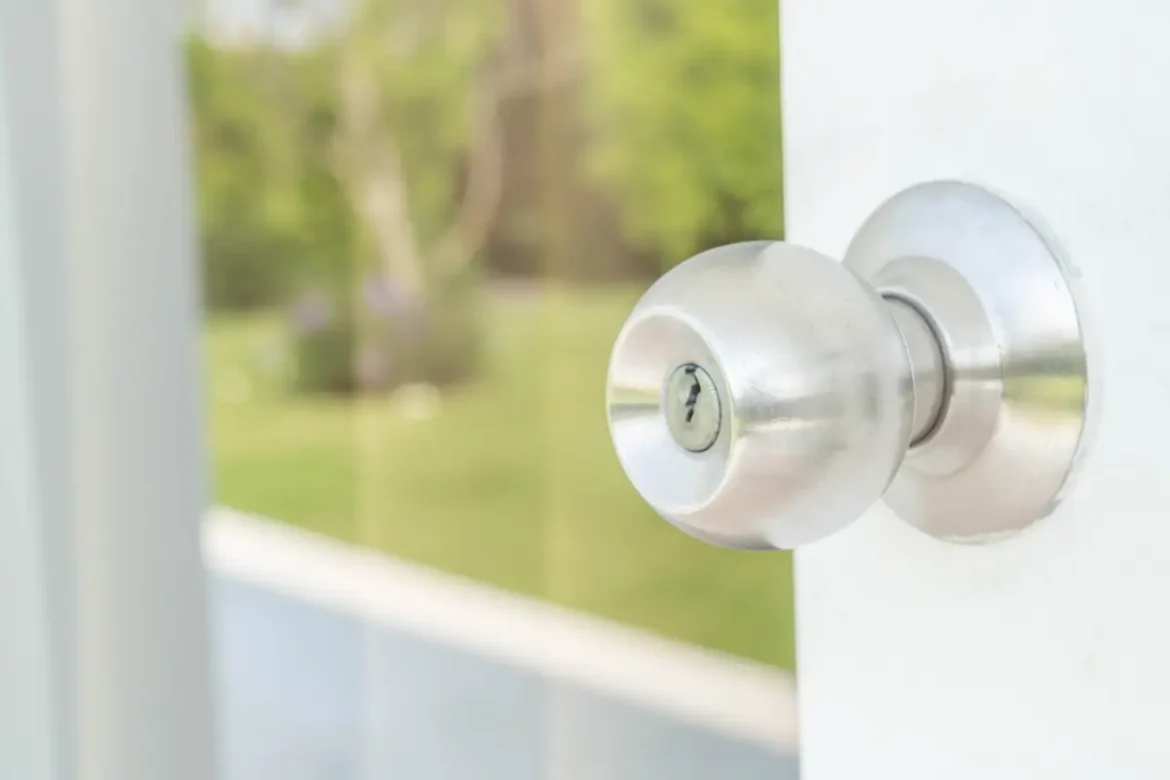Choosing Reliable Door Locks for Residential and Commercial Spaces
Securing entry points is one of the most critical considerations when protecting residential and commercial properties. With evolving safety concerns and varying access needs, selecting the right door lock system is essential. Factors such as usage frequency, location, and the required security level significantly determine the most suitable option. Balancing security with convenience helps ensure a space remains both protected and accessible.
Durable and well-designed locks contribute to long-term security and peace of mind in homes and businesses. Property owners should consider different types—from deadbolts to electronic systems—based on the space’s specific demands. Reliability, resistance to tampering, and ease of use are important qualities to prioritize. Ultimately, thoughtful lock selection supports overall safety while aligning with practical everyday use.
Residential vs. Commercial Locks
When choosing reliable door locks, understanding the differences between residential and commercial spaces is essential. Residential locks often prioritize ease of use and aesthetic appeal, while commercial locks are typically designed for higher traffic and increased security. Factors such as durability, locking mechanisms, and overall strength come into play for both settings.
Commercial locks may include features like keypad access or key card systems, whereas residential options often favor traditional deadbolts or smart locks. The type of hardware used can significantly influence performance and longevity, making it an important consideration when selecting the right lock. Matching security needs with appropriate lock features ensures dependable protection.
Understanding Lock Grades
The American National Standards Institute (ANSI) and Builders Hardware Manufacturers Association (BHMA) created grading systems to evaluate lock quality objectively:
- Grade 1: The top tier, suited for main commercial entrances and high-security zones, delivering excellent strength and durability.
- Grade 2: Medium-grade, ideal for residential exterior doors and light commercial applications. Provides strong security but may not meet the demands of high-traffic public areas.
- Grade 3: The basic grade is often used for interior residential doors or those requiring minimal security.
Selecting the right grade ensures your lock can handle mechanical stress and attempted breaches associated with its location and use.
Compliance and Standards
Adhering to compliance standards protects against liability and improves accessibility and safety. The ADA requires locks in public buildings to be operable with one hand, avoiding tight twisting, pinching, or grasping. Consequently, lever handles are often preferred over knobs in commercial settings.
Some environments also need fire-rated locks that withstand high temperatures and prevent fire and smoke spread through doors, which is crucial for stairwells, exit doors, and corridors in commercial or multi-residential buildings, fulfilling fire codes and insurance standards.
Smart Lock Advancements
The integration of technology into locks has elevated both convenience and control. Today’s smart locks support features such as:
- Biometric authentication such as fingerprint or facial recognition, for individualized access.
- Remote operation, allowing property owners to lock or unlock doors using smartphone apps from virtually anywhere.
- Access logs to monitor who enters and leaves, enhancing accountability and troubleshooting.
- Voice activation via intelligent assistants for hands-free use, especially beneficial in accessibility-focused or smart homes.
- Seamless IoT integration with alarm systems, lights, and environmental controls, creating a connected, automated environment.




